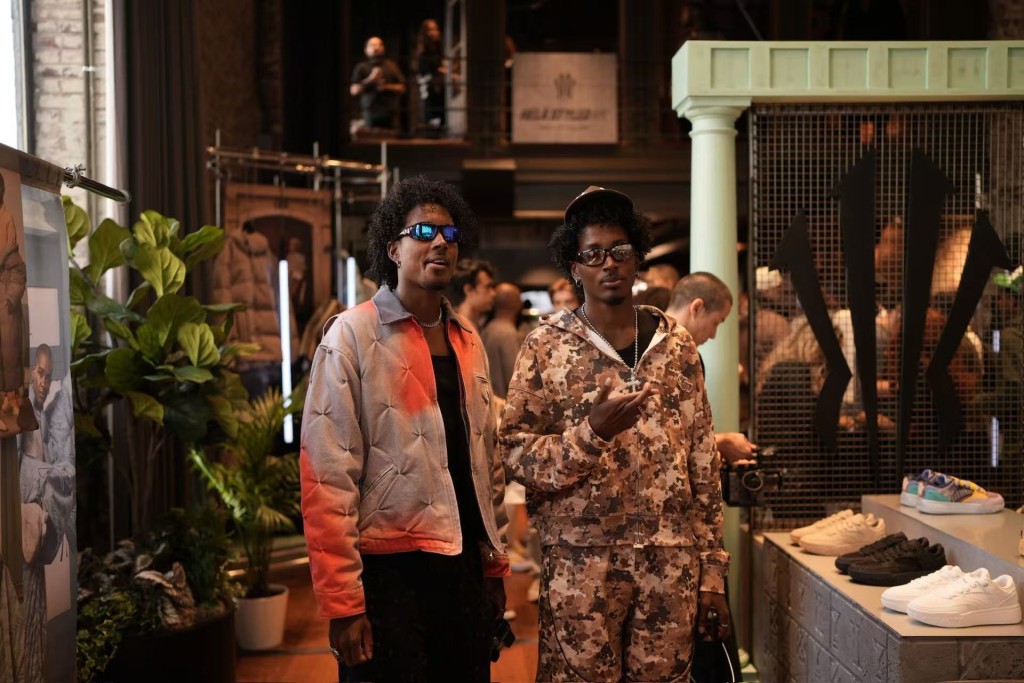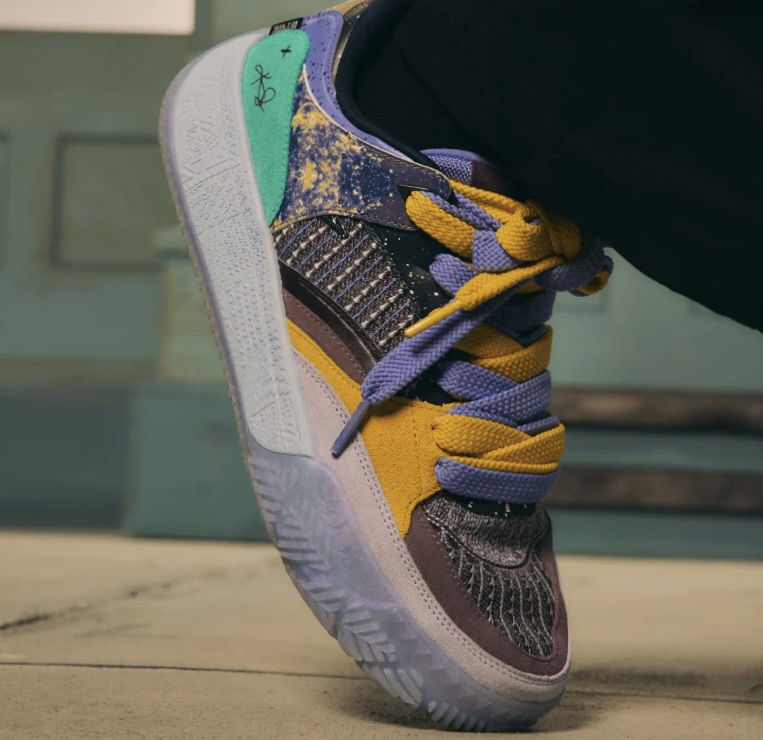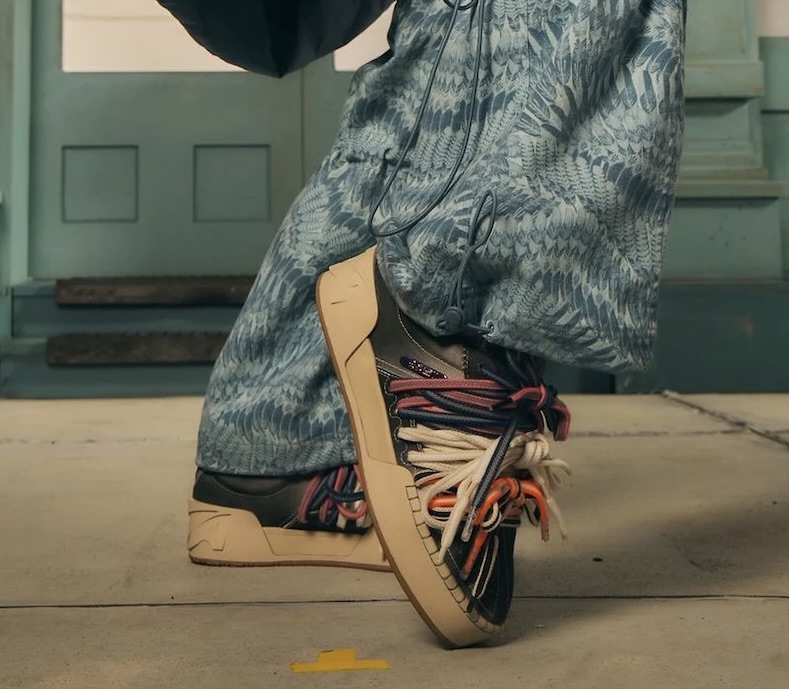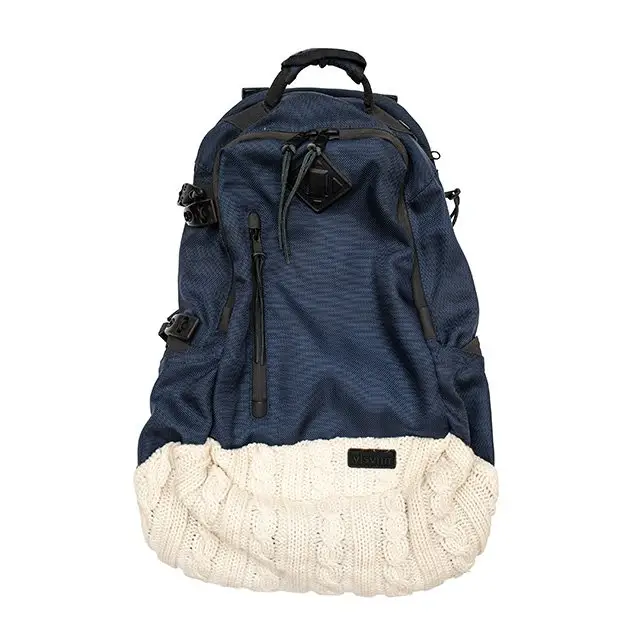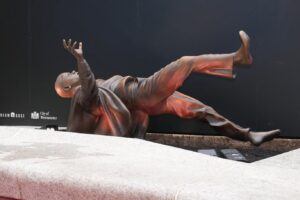A New Language at Fashion Week
Every season, New York Fashion Week (NYFW) seeks to surprise the industry with designers who redefine what clothing means in a cultural moment. In 2025, that moment belonged to HÉLÀ Code, a fashion project born out of Kyrie Irving’s partnership with ANTA. What debuted on the runway was more than a line of clothing—it was a new vocabulary for merging sport, spirituality, and streetwear into a coherent design language.
HÉLÀ Code’s presence at NYFW symbolized more than a celebrity crossover; it announced the serious entry of a player-athlete brand into the core of fashion week conversation. With an aesthetic rooted in movement and freedom, yet amplified by deep cultural references, Irving’s vision with ANTA was staged as a manifesto for how functionality and fashion can coexist without compromise.
The Origin of HÉLÀ Code
Kyrie Irving has never been a passive collaborator in the sneaker industry. From his Nike Kyrie line to his bold decision to sign with ANTA in 2023, he has consistently used footwear as a platform to extend his personal narrative. The creation of HÉLÀ Code was an attempt to move even further—away from mere performance gear into a world that touches the everyday life of consumers, fans, and communities.
The name “HÉLÀ” is not a random branding gesture. Drawing from Kyrie’s cultural and spiritual influences, it signifies both rebirth and heritage—a coded system that interlaces design with deeper meaning. Where most sportswear lines reduce identity to logos, HÉLÀ Code builds it back up, embedding intention into fabric and silhouette.
At NYFW, HÉLÀ Code’s debut embodied this philosophy: fashion was not staged as ornament but as a vessel of coded messages, gestures, and cultural alignments.
ANTA’s Growing Global Ambition
ANTA, a Chinese sportswear powerhouse, has steadily moved from domestic dominance to international disruption. Signing Kyrie Irving was a calculated step toward entering the U.S. and European premium markets.
But what truly sets this project apart is how ANTA positioned itself not as a faceless manufacturer, but as an enabler of vision. HÉLÀ Code is not simply branded “ANTA x Kyrie” in the traditional sense; it is an autonomous label nested within ANTA’s framework, giving Irving’s creative team the latitude to design beyond sneakers and into lifestyle.
In this sense, HÉLÀ Code is closer to Y-3 (adidas x Yohji Yamamoto) or Nike x Fear of God Athletics than to standard athlete collaborations. By showcasing at NYFW, ANTA proved it could participate in the high-fashion calendar with the same confidence as established European luxury houses.
The NYFW Presentation: A Hybrid Stage
The HÉLÀ Code runway did not look like a standard NYFW show. Instead of sleek minimalism or couture theatrics, the stage resembled an arena transformed into a ritual space. Models moved as if they were both athletes warming up and performers enacting a story.
Key Elements of the Presentation:
-
Lighting & Atmosphere: Dimly lit zones highlighted bursts of white light, evoking gymnasium spotlights or sacred circles.
-
Casting: A mix of professional models, dancers, and even athletes reinforced the theme of motion and inclusivity.
-
Soundtrack: A curated playlist of drum-heavy instrumentals, Indigenous chants, and hip-hop underscored the fusion of cultures.
-
Garment Functionality: Pieces were demonstrated through movement—sprinting, stretching, and flowing—proving the line was built for wear, not just display.
By staging the show this way, Irving emphasized that clothing communicates as much in motion as it does on static bodies.
Design Codes: Where Function Meets Symbolism
What distinguished HÉLÀ Code was not just its technical materials but the embedded narrative within its silhouettes.
Spiritual Geometry
Many garments incorporated patterns resembling sacred geometry—triangles, circles, and spiral codes subtly woven into jackets and hoodies. These symbols connected to Kyrie’s long-expressed interest in metaphysical thought and Indigenous teachings.
Adaptive Layering
The collection highlighted modularity. Jackets with detachable sleeves, pants with adaptable cuffs, and hoodies that doubled as shawls allowed wearers to move from street to sport to ceremony without costume change.
Cultural Motifs
Some pieces used beadwork-inspired prints, others drew from African and Native textile traditions, but always abstracted enough to feel modern and universal rather than appropriative.
Technical Materials
GORE-TEX-style membranes, breathable mesh, and recycled fibers dominated the construction. This emphasis on sustainability reinforced the cultural mission of respecting both body and planet.
Sneakers as Anchors of the Collection
While the garments were groundbreaking, the sneaker offerings remained the gravitational pull of the collection. Kyrie’s first ANTA signature, the ANTA Kai 1, appeared in multiple new palettes designed specifically for the runway.
Notable colorways included:
-
“Obsidian Veil” – a black-on-black model with reflective underlayers, symbolizing protection.
-
“Skyroot” – earthy tans and sky blues, grounding the shoe in natural contrast.
-
“Spirit Red” – a fiery tonal exploration designed as a centerpiece of the collection.
The sneakers balanced high-performance specs with lifestyle adaptability—cushioning for basketball courts, but stylized midsoles and uppers that fit NYFW’s aesthetic codes.
Fashion Meets Culture: A Larger Narrative
Kyrie Irving has always used his platform to discuss issues beyond basketball, from Indigenous rights to global unity. HÉLÀ Code functioned as a continuation of that narrative.
At NYFW, garments were not described as “streetwear” or “athletic wear” but as cultural wear—meant for anyone navigating identities that move across boundaries. This blurred fashion’s usual categories and posed a challenge: can a line succeed commercially when it insists on carrying so much symbolic weight?
Industry critics suggested yes. The collection resonated with a generation eager for clothing that tells stories beyond aesthetics, for wearables that connect them to heritage, mindfulness, and shared values.
Reception at NYFW
The reception at New York Fashion Week was electrifying. Critics from Vogue, Hypebeast, and The Cut praised the line for daring to merge performance wear with spiritual and cultural narratives. Buyers noted its potential as both a high-fashion capsule and a street retail powerhouse.
More importantly, HÉLÀ Code created buzz that extended beyond fashion insiders. NBA fans, sneakerheads, and cultural commentators all joined the conversation. Social media reactions praised Kyrie for pushing the boundaries of what an athlete-led fashion brand could achieve.
The Future of Athlete-Led Fashion
HÉLÀ Code’s debut raises larger questions for the fashion industry:
-
Will more athletes follow Kyrie in launching autonomous sub-labels within larger sportswear giants?
-
Can NYFW become a stage for functional fashion, not just couture?
-
How will consumers balance symbolic weight with the everyday practicality of these designs?
Kyrie and ANTA appear ready to test these questions. The NYFW show was just the beginning, with promises of capsule drops, community-driven activations, and global retail expansion.
Beyond Fashion, Toward Code
In many ways, HÉLÀ Code’s debut was not about clothes but about language. It introduced a code of symbols, functions, and stories that challenges how we understand fashion’s role in everyday life.
By aligning with ANTA, Kyrie Irving ensured the line had both the production scale and creative freedom to compete with established luxury brands. By staging its debut at NYFW, HÉLÀ Code announced itself not as a niche project but as a global statement.
For an industry obsessed with novelty, HÉLÀ Code offered something deeper: continuity between culture, sport, and fashion. The future of this line—and perhaps of athlete-led design—now rests on how consumers choose to decode it.
No comments yet.

